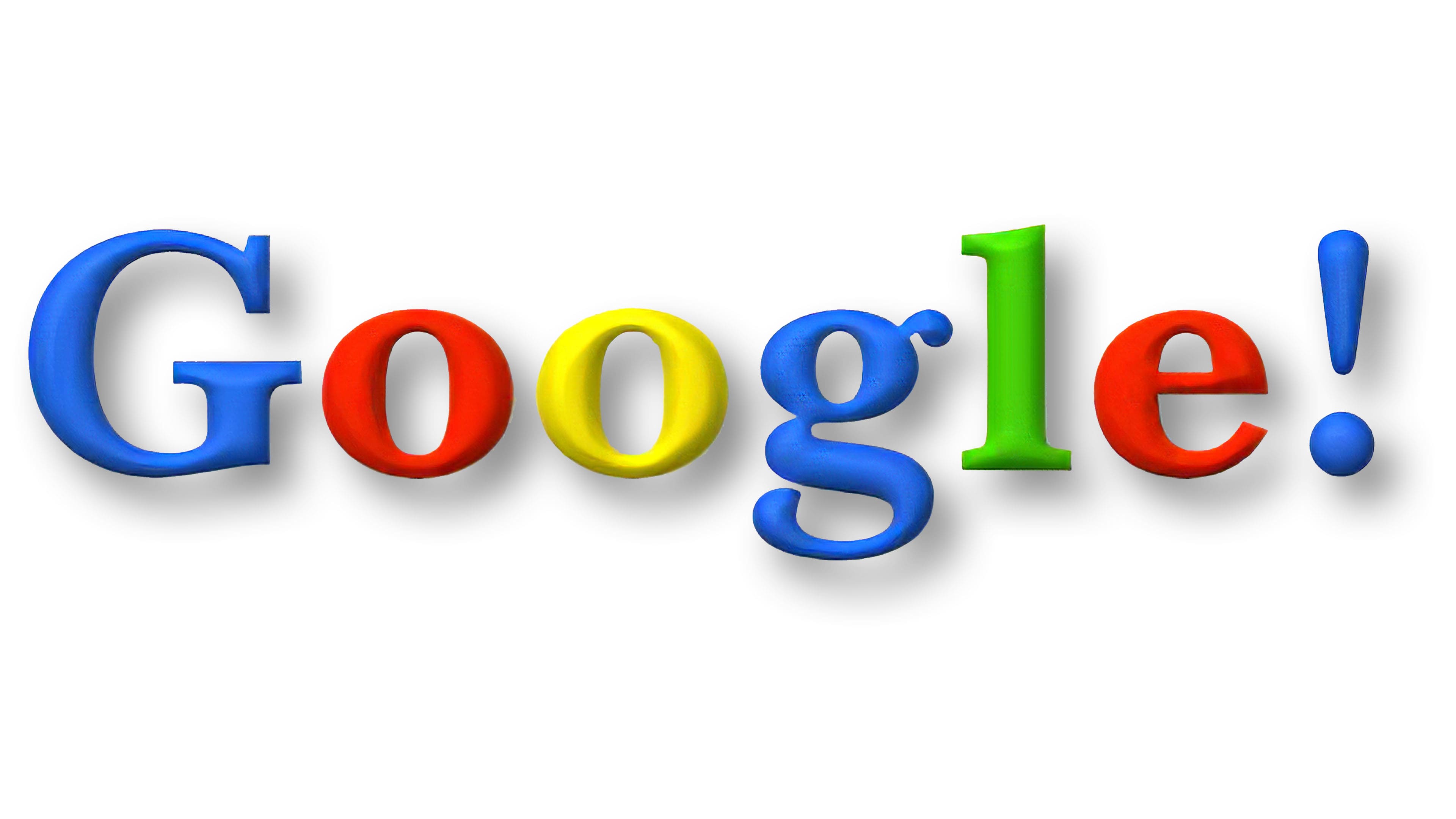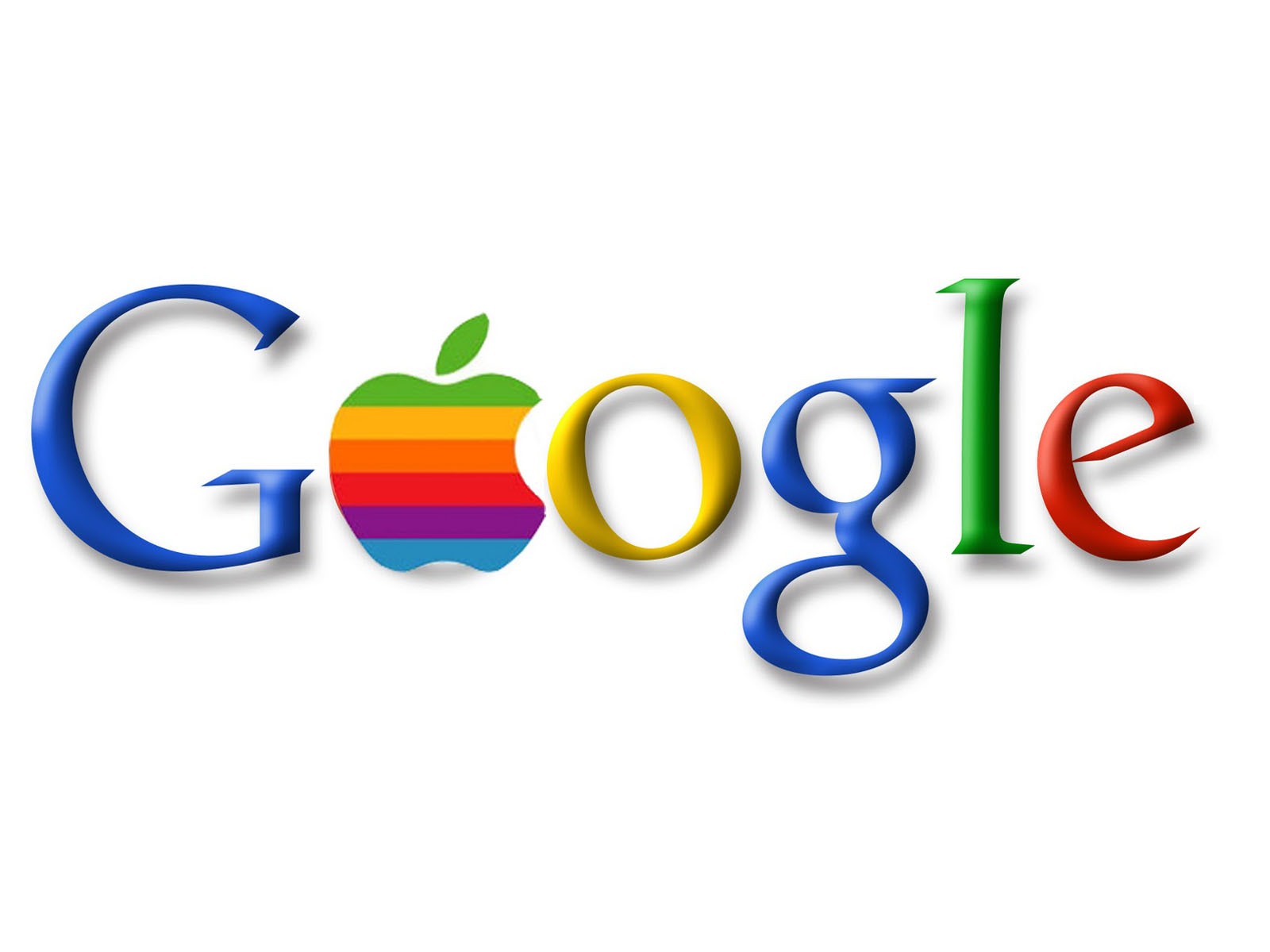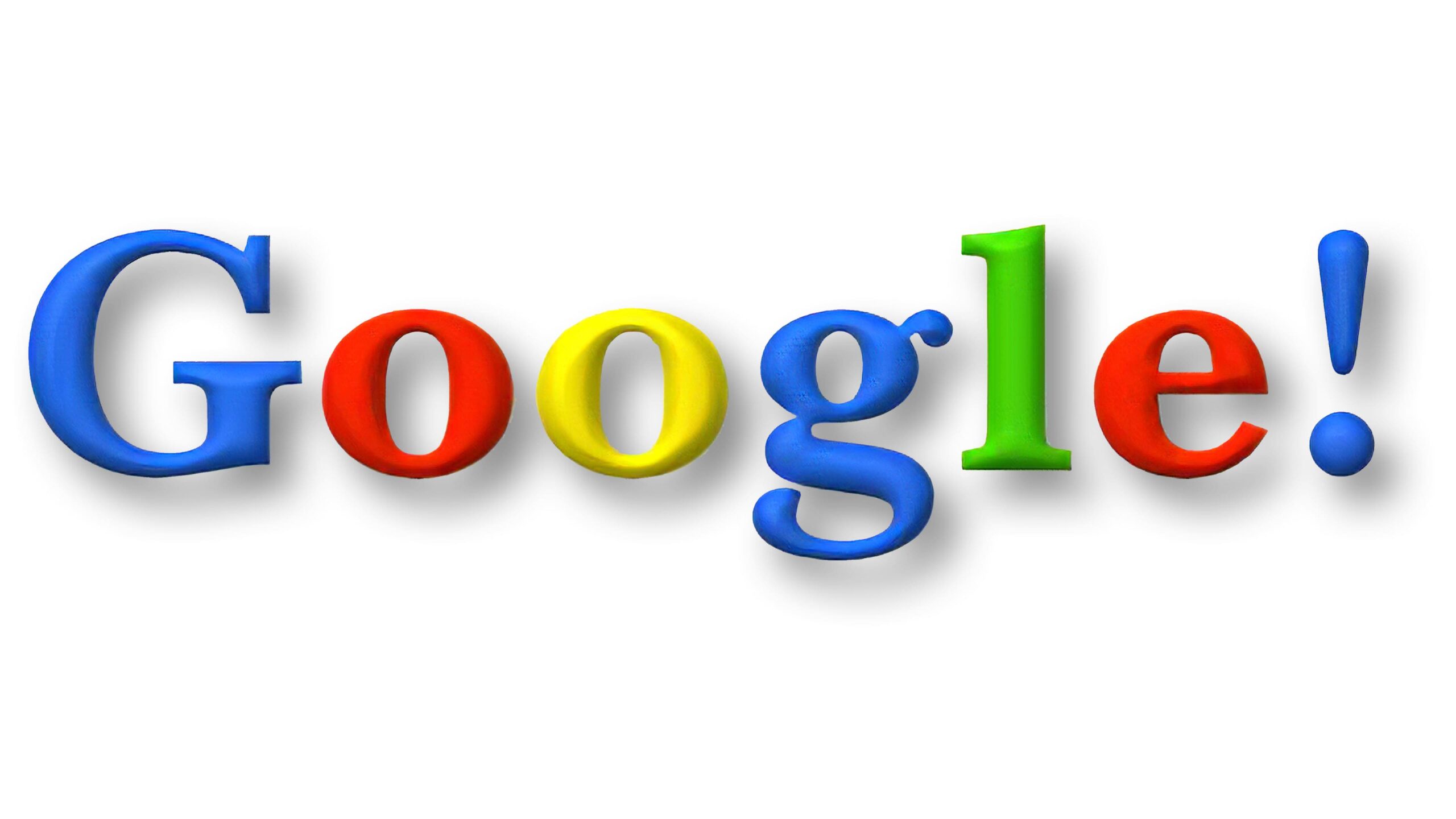Google Imagen
¿Qué es Google Imagen?

Google Imagen es un motor de búsqueda visual que permite a los usuarios encontrar imágenes basadas en palabras clave, imágenes o consultas de texto.

Características:

- Búsqueda basada en imágenes: Sube una imagen o proporciona una URL para buscar imágenes similares o relacionadas.
- Búsqueda inversa de imágenes: Descubre el origen de una imagen o encuentra imágenes similares en línea.
- Búsqueda por palabras clave: Utiliza palabras o frases para encontrar imágenes relevantes.
- Filtros: Refina los resultados de búsqueda por tamaño, color, tipo de imagen, fecha y más.
- Colecciones: Crea y guarda colecciones de imágenes para un acceso fácil en el futuro.
- Reconocimiento de objetos: Identifica objetos dentro de las imágenes y proporciona información adicional.
- Información visual: Obtiene información sobre imágenes, como el autor, el contexto y la ubicación.
Beneficios:
- Encuentra fácilmente imágenes para proyectos, tareas y referencias.
- Verifica la originalidad y propiedad de las imágenes.
- Obtén información detallada sobre las imágenes y sus objetos.
- Comparte y organiza imágenes fácilmente con colecciones.
Cómo utilizar Google Imagen:
- Visita la página web de Google Imagen.
- Introduce una palabra clave, sube una imagen o proporciona una URL.
- Utiliza los filtros para refinar los resultados de búsqueda.
- Haz clic en imágenes para verlas en pantalla completa o guardarlas en tu dispositivo.
- Crea colecciones para organizar y acceder a las imágenes fácilmente.## [Google Imagen]
Executive Summary
[Google Imagen] is a powerful text-to-image AI model developed by Google AI. It allows users to generate realistic and visually appealing images from textual descriptions, pushing the boundaries of AI-driven image synthesis. This transformative technology opens up new possibilities for creative expression, communication, and problem-solving across various domains.
Introduction
In the realm of artificial intelligence, the advent of [Google Imagen] marks a significant milestone. This groundbreaking model empowers users to conjure up striking visuals from mere words, unlocking unparalleled opportunities for artistic exploration and practical applications.
FAQs
Q: How does [Google Imagen] work?
A: [Google Imagen] utilizes a deep learning architecture trained on a vast dataset of text-image pairs. When provided with a text prompt, the model decodes the textual information and generates a corresponding image.
Q: What types of images can [Google Imagen] create?
A: [Google Imagen] exhibits remarkable versatility in generating a diverse range of images, including realistic scenes, abstract compositions, photorealistic portraits, and even stylized artwork.
Q: Is [Google Imagen] publicly available?
A: Currently, [Google Imagen] is not publicly available. Google AI is actively refining the model and exploring potential applications before wider release.
Top 5 Subtopics
1. Image Quality
- High Resolution: [Google Imagen] generates images with impressive resolution, capturing fine details and textures.
- Realism: The generated images exhibit a striking level of realism, mimicking the visual characteristics of real-world objects and scenes.
- Diverse Styles: [Google Imagen] allows users to specify artistic styles, enabling the creation of images ranging from abstract to photorealistic.
2. Interpretability
- Text-Based Control: Users have precise control over the image generation process through textual descriptions, allowing for fine-tuning of visual elements.
- Flexible Prompts: [Google Imagen] supports both simple and complex text prompts, accommodating a wide range of image requests.
- Semantic Consistency: The generated images align well with the semantic meaning and context of the input text.
3. Applications
- Creative Arts: [Google Imagen] empowers artists, designers, and writers to explore new creative avenues and bring their visions to life.
- Education and Research: It can serve as a valuable tool for illustrating concepts, creating educational materials, and facilitating research.
- Social Media and Content Creation: [Google Imagen] enables the creation of engaging and visually appealing content for social media platforms and other digital channels.
4. Technical Details
- Training Dataset: The model is trained on a massive dataset of text-image pairs, including billions of data points.
- Architecture: [Google Imagen] employs a transformer-based architecture, leveraging attention mechanisms for efficient processing of textual information.
- Generative Process: After decoding the text prompt, the model utilizes a generative neural network to synthesize the corresponding image.
5. Impact
- Empowerment of Creativity: [Google Imagen] unleashes the potential for anyone to generate visually compelling images, regardless of artistic background.
- AI Advancement: It represents a significant advancement in the field of generative AI, pushing the boundaries of image synthesis capabilities.
- Transformative Applications: The widespread adoption of [Google Imagen] holds the promise of transforming industries such as art, design, and communication.
Conclusion
[Google Imagen] stands as a testament to the transformative power of AI in unlocking human creativity and problem-solving. Its ability to generate stunning images from text opens up a vast realm of possibilities, from artistic expression to practical applications across diverse domains. As the technology matures and becomes more accessible, [Google Imagen] is poised to revolutionize the way we create, communicate, and interact with the visual world.
Keyword Tags
- Artificial Intelligence
- Text-to-Image
- Image Synthesis
- Generative AI
- Google Imagen

